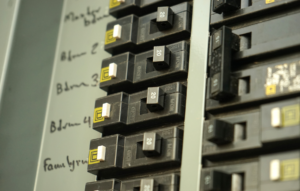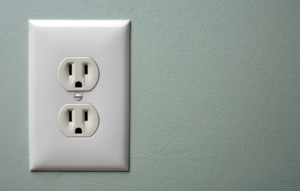As homeowners increasingly look for ways to reduce their energy bills and carbon footprint, LED Technology stands out as a smart choice. Here’s a beginner’s guide to understanding the benefits of LED lighting and how you can make the switch in your home.
Understanding LED Lighting
LED, or Light Emitting Diode, lighting is a highly efficient lighting technology that uses a semiconductor to convert electricity into light. LEDs have revolutionized the lighting industry due to their longevity and energy efficiency.
Benefits of LED Technology
- Energy Efficiency: LEDs consume up to 90% less power than incandescent bulbs. This efficiency not only helps you save on your electricity bill but also reduces your home’s overall energy consumption.
- Longevity: LED lights have a lifespan up to 25 times longer than traditional incandescent bulbs. This means fewer replacements and less waste over time.
- Durability: LEDs are more durable than traditional bulbs, withstanding rough conditions without breaking easily.
- Environmentally Friendly: LEDs are free from toxic chemicals like mercury, which are found in some other types of lighting. Their long life and efficiency also contribute to reducing carbon emissions.
- Versatility: LED lighting comes in a range of colors and brightness levels, making it suitable for various applications around the home, from creating ambiance to enhancing security.
How to Make the Switch to LED Lighting
- Start Small: If you’re new to LED lighting, begin by replacing the most frequently used lights in your home. This could be the kitchen, living room, or any areas where lights are on for extended periods.
- Choose the Right Color: LED lights come in various color temperatures, measured in Kelvins (K). Lower temperatures (2,700K – 3,000K) emit a warm light similar to incandescent bulbs, while higher temperatures (4,000K – 5,000K) produce a cooler, daylight-like light.
- Understand Brightness: LED brightness is measured in lumens, not watts. To replace a 60-watt incandescent bulb, look for an LED bulb with about 800 lumens.
- Look for Quality: Opt for LEDs from reputable manufacturers to ensure you get the full benefits of durability and energy efficiency. Check for certifications like ENERGY STAR for quality assurance.
- Consider Dimmable Options: If you enjoy having control over lighting intensity, look for dimmable LED options. Ensure your dimmer switches are compatible with these bulbs.
Conclusion
Making the switch to LED lighting is a straightforward way to enjoy significant energy savings and contribute to a healthier planet. With their long life, durability, and versatility, LEDs offer a bright future for home lighting. Start your switch today and illuminate your home more efficiently.









